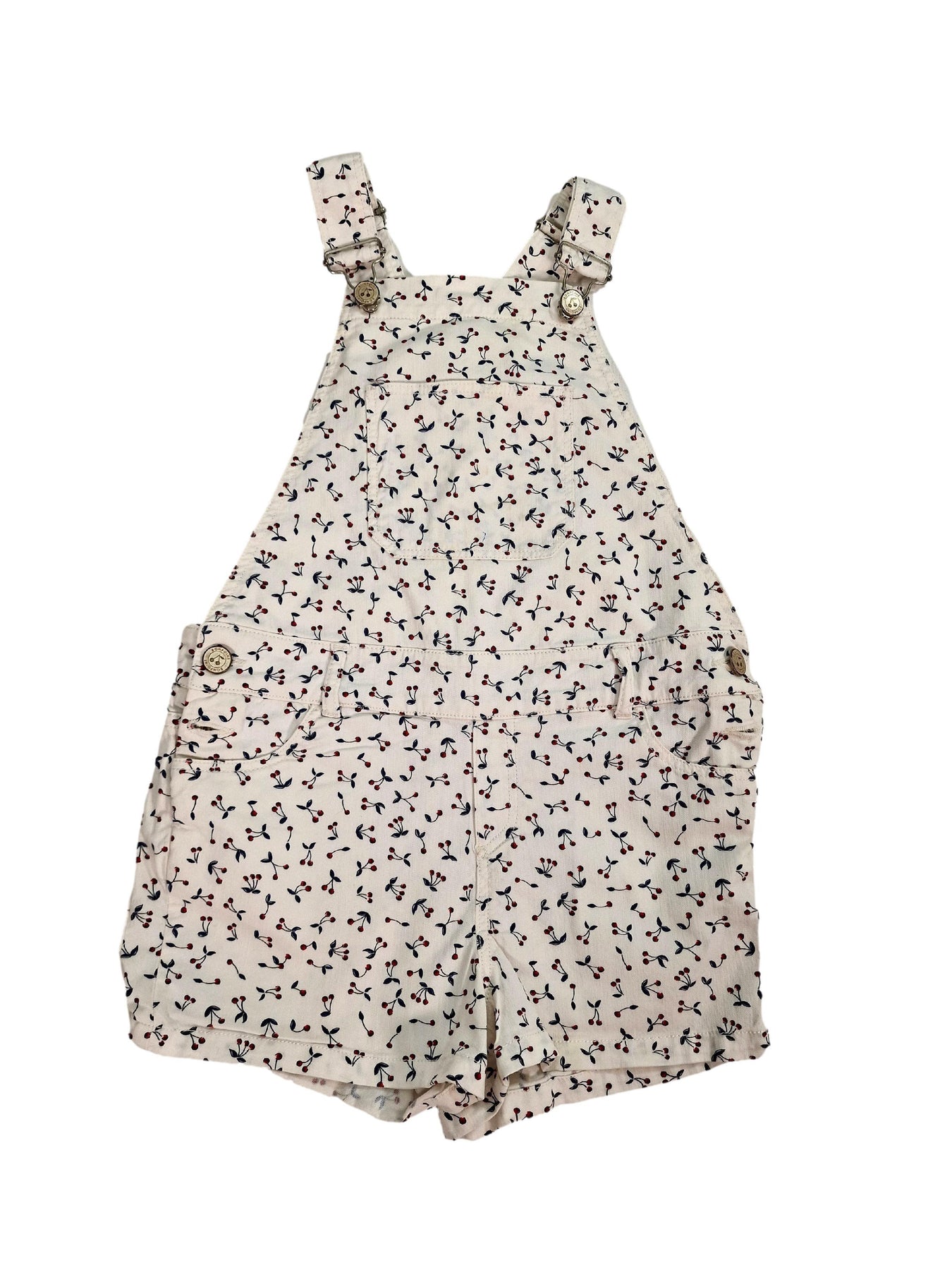
The Environmental Impact of Unbuttoning Little Ones' Outfits
The Environmental Impact of Unbuttoning Little Ones' Outfits
The health of our children is paramount, and the environmental impact of their clothing choices should not be overlooked. With lead levels in drinking water constantly on the rise, consumer products containing this toxic metal can have a serious effect on our little ones' health. Learn why unfastening children's clothes is an ecological act that can help reduce exposure to high levels of lead and create positive change in our environment.
Why Unfastening Children's Clothes is an Ecological Act?
Every time you dress your baby or your toddler, you are making a choice that could have an effect on the environment. Setting aside ethical and ecological considerations in clothing production, there are other factors to consider when choosing clothes for children – chemical pollutants and lead exposure.
.
The impact of clothing on the environment
Clothing is a major source of environmental pollution due to its various stages in production, such as resource extraction, manufacturing, transportation, and disposal. From cotton to synthetics like polyester and nylon, the materials used to make clothes are environmentally taxing.
Cotton farming has been linked to soil erosion, water depletion and contamination, biodiversity loss, and pesticide use. Synthetic fabrics require an immense amount of energy for their production, leading to air pollution from fossil fuel emissions.
The role of chemicals in clothing production and disposal
Chemical pollutants also play a role in the life cycle of clothing. Many clothes contain chemicals from dyes and finishing processes that can be released into the environment during washing or wearing.
In addition, disposing of old clothes by incineration or landfilling releases hazardous chemicals into our air and water.
The effects of lead in clothing on the environment and human health
Lead is a toxic metal found in soil, water and air that can cause serious health effects if ingested or inhaled. It has been found in some consumer products such as jewelry, toys, food packaging and even clothing – especially those made with synthetic dyeing processes.
Lead levels in clothing often exceed the acceptable limits set by the Environmental Protection Agency (EPA) for lead exposure in children under 6 years old.
Benefits of Unfastening Children's Clothes
Fortunately there are steps we can take to help protect our environment and our families by unfastening children's clothes when dressing them:
Reducing exposure to harmful chemicals
By reducing exposure to hazardous chemicals through unfastening children's clothes at home instead of using zippers or buttons that may contain lead-based components, parents can help keep their kids safe from potential harm.
Decreasing the amount of clothing waste in landfills
By unfastening garments before they reach their end-of-life stage removes more material from going into landfills where it never breaks down completely.
Conserving water and energy in clothing production
As well as saving money on laundry expenses by reducing how often items need to be washed or dry-cleaned, taking this step also conserves electricity needed for washing machines and dryers.
Actions to take for a more ecological approach to children's clothing
Aside from just unfastening your child’s garments prior to removal there are other actions parents can take towards creating a more sustainable approach for their little ones' apparel:
Choosing Organic And Sustainable Clothing Options
Organic fabrics are made without the use of toxic chemicals and without genetically modified organisms, helping to reduce environmental harm during production. Sustainable fabrics such as bamboo, hemp and lyocell can also be used to create clothes that are more environment-friendly.
Properly disposing of old clothing
Parents can help reduce environmental pollution by making sure old clothes are recycled or donated instead of just throwing them away.
Supporting Companies With Environmentally-Friendly Practices
When buying new clothing for your little one, research the companies you are supporting to ensure they have sustainable processes and ethical practices in place.
SECOND HAND is one of the most effective way to reduce your print





